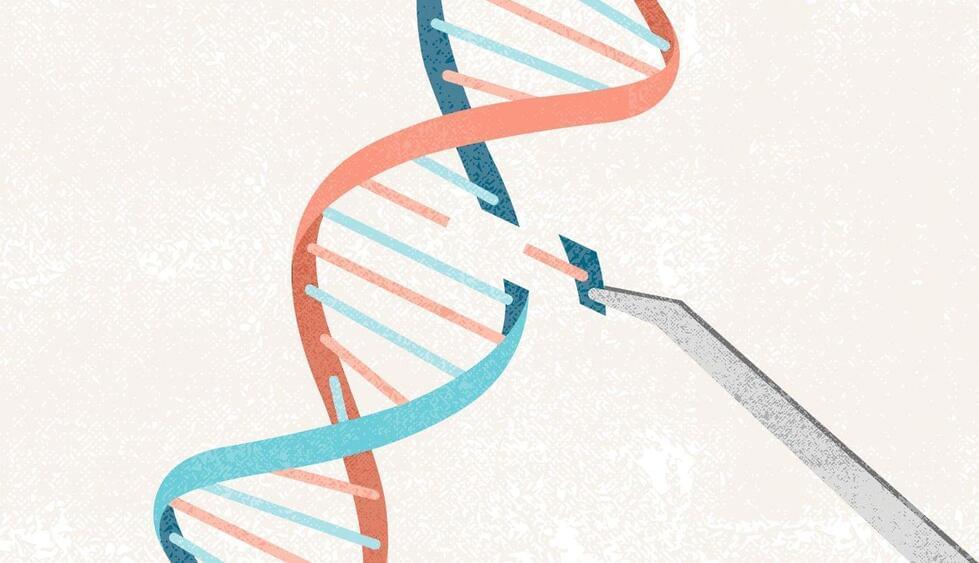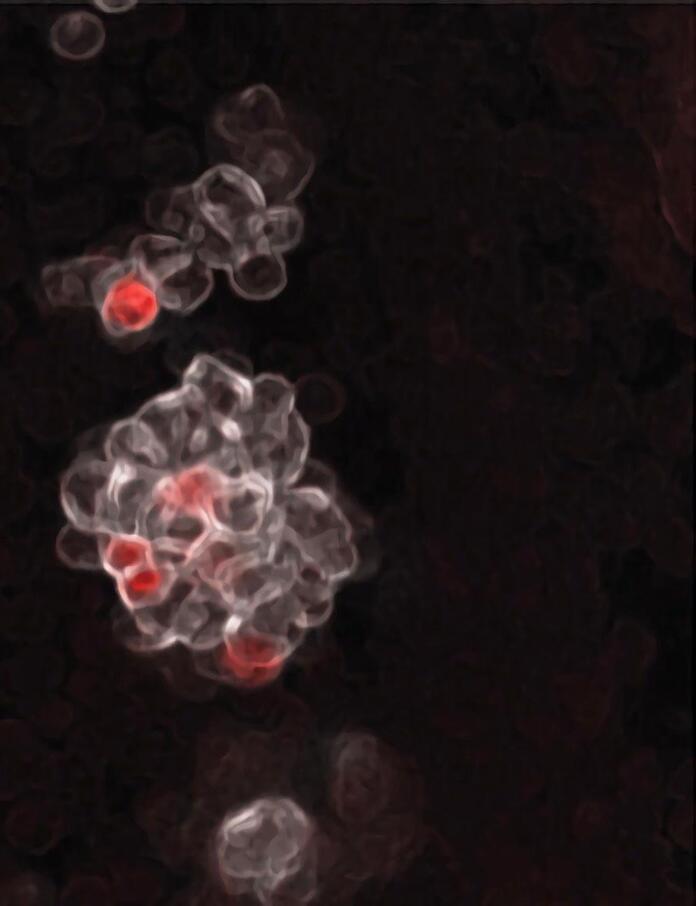
Get the latest international news and world events from around the world.



Meta publishes first-person dataset for everyday AI
Artificial Intelligence trained with first-person videos could better understand our world. At Meta, AR and AI development intersect in this space.
In the run-up to the CVPR 2022 computer vision conference, Meta is releasing the “Project Aria Pilot Dataset,” with more than seven hours of first-person videos spread across 159 sequences in five different locations in the United States. They show scenes from everyday life – doing the dishes, opening a door, cooking, or using a smartphone in the living room.
AI training for everyday life.


The Origins of Our Blood May Not Be What We Thought
‘Barcoding’ studies discovered two independent sources for blood cells in mice. If confirmed in humans, our understanding of blood cancers, bone marrow transplants, and the aging immune system will change.
The origins of our blood may not be quite what we thought. Using cellular “barcoding” in mice, groundbreaking research finds that blood cells originate not from one type of mother cell, but two, with potential implications for blood cancers, bone marrow transplant, and immunology. Fernando Camargo, PhD, of the Stem Cell Program at Boston Children’s Hospital led the study, published in the journal Nature on June 15, 2022.
“Historically, people have believed that most of our blood comes from a very small number of cells that eventually become blood stem cells, also known as hematopoietic stem cells,” says Camargo, who is also a member of the Harvard Stem Cell Institute and a professor at Harvard University. “We were surprised to find another group of progenitor cells that do not come from stem cells. They make most of the blood in fetal life until young adulthood, and then gradually start decreasing.”


The Next Generation Of IBM Quantum Computers
IBM is building accessible, scalable quantum computing by focusing on three pillars:
**· **Increasing qubit counts.
**· **Developing advanced quantum software that can abstract away infrastructure complexity and orchestrate quantum programs.
**· **Growing an ecosystem of quantum-ready enterprises, organizations, and communities.
The next step in IBM’s goals to build a frictionless development experience will be the release of Qiskit Runtime in 2022, which will allow developers to build workflows in the cloud, offering greater flexibility. Bringing a serverless approach to quantum computing will also provide the flexibility to distribute workloads intelligently and efficiently across quantum and classical systems.
To help speed the work of developers, IBM launched Qiskit Runtime primitives earlier this year. The primitives implement common quantum hardware queries used by algorithms to simplify quantum programming. In 2023, IBM plans to expand these primitives, as well as the capability to run on the next generation of parallelized quantum processors.
Full Story:
MIT Media Lab Fluid Interfaces-Prof Maes Team 2022 Top Research Powering Humans
Professor Pattie Maes deep insights working with her research team of Joanne Leong, Pat Pataranutaporn, Valdemar Danry are world leading in their translational research on tech-human interaction. Their highly interdisciplinary work covering decades of MIT Lab pioneering inventions integrates human computer interaction (HCI), sensor technologies, AI / machine learning, nano-tech, brain computer interfaces, design and HCI, psychology, neuroscience and much more. I participated in their day-long workshop and followed-up with more than three hours of interviews of which over an hour is transcribed in this article. All insights in this article stem from my daily pro bono work with (now) more than 400,000 CEOs, investors, scientists/experts. MIT Media Lab Fluid Interfaces research team work is particularly key with the June 21 announcement of the Metaverse Standards Forum, a open standards group, with big tech supporting such as Microsoft and Meta, chaired by Neil Trevett, Khronos President and VP Developer Ecosystems at NVIDIA. I have a follow-up interview with Neil and Forbes article in the works. In addition, these recent announcements also highlight why Pattie Maes work is so important: Deep Mind’s Gato multi-modal, multi-task, single generalist agent foundational to artificial general intelligence (AGI); Google’s LaMDA Language Model for Dialogue Applications which can engage in free-flowing dialogue; Microsoft’s Build Conference announcements on Azure AI and OpenAI practical tools / solutions and responsible AI; OpenAI’s DALL-E 2 producing realistic images and art from natural language descriptions.
Full Story:

Japanese worker loses USB with entire city’s data after night out with colleagues
The USB contained the home addresses and bank account details of every one of the 460,000 residents of Amagasaki, officials in the small industrial city in Japan’s Hyogo prefecture said in a statement Thursday. It also identified households receiving public assistance, they said.
Speaking at a news conference Friday, Takeuchi said the man “was in possession of his bag when he left the restaurant,” but then he “fell asleep on the street.” He woke up at 3 a.m. and went home before calling work six hours later to inform them he was taking the day off, Takeuchi added.

30,000-Year-Old Baby Mammoth Found Almost Perfectly Preserved in Canadian Gold Fields
The most complete found in North America.
A gold miner found a mummified baby woolly mammoth in the Trʼondëk Hwëchʼin Traditional Territory in Yukon, Canada.
According to a press release from the local government, the female baby mammoth has been named Nun cho ga by the First Nation Tr’ondëk Hwëch’in elders, which translates to “big baby animal” in the Hän language.
Nun cho ga is the most complete mummified mammoth discovered in North America.